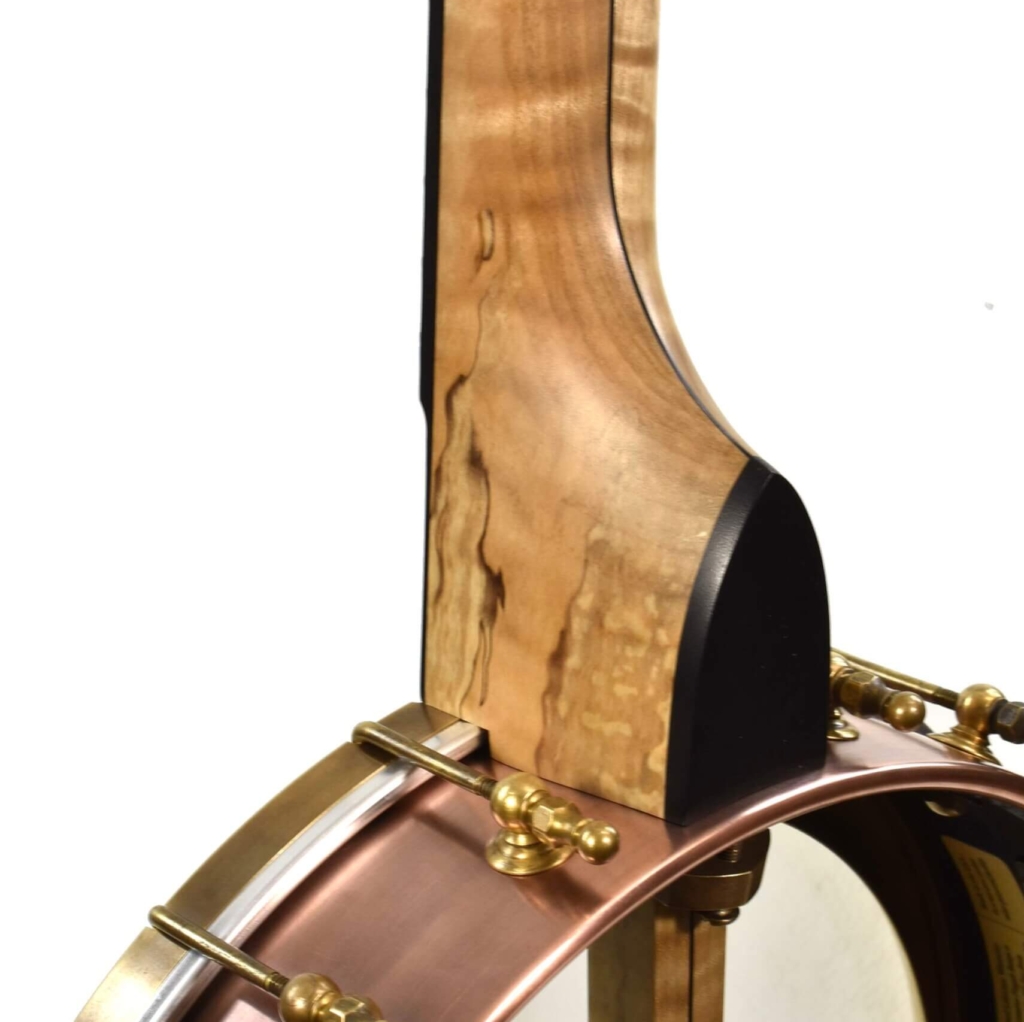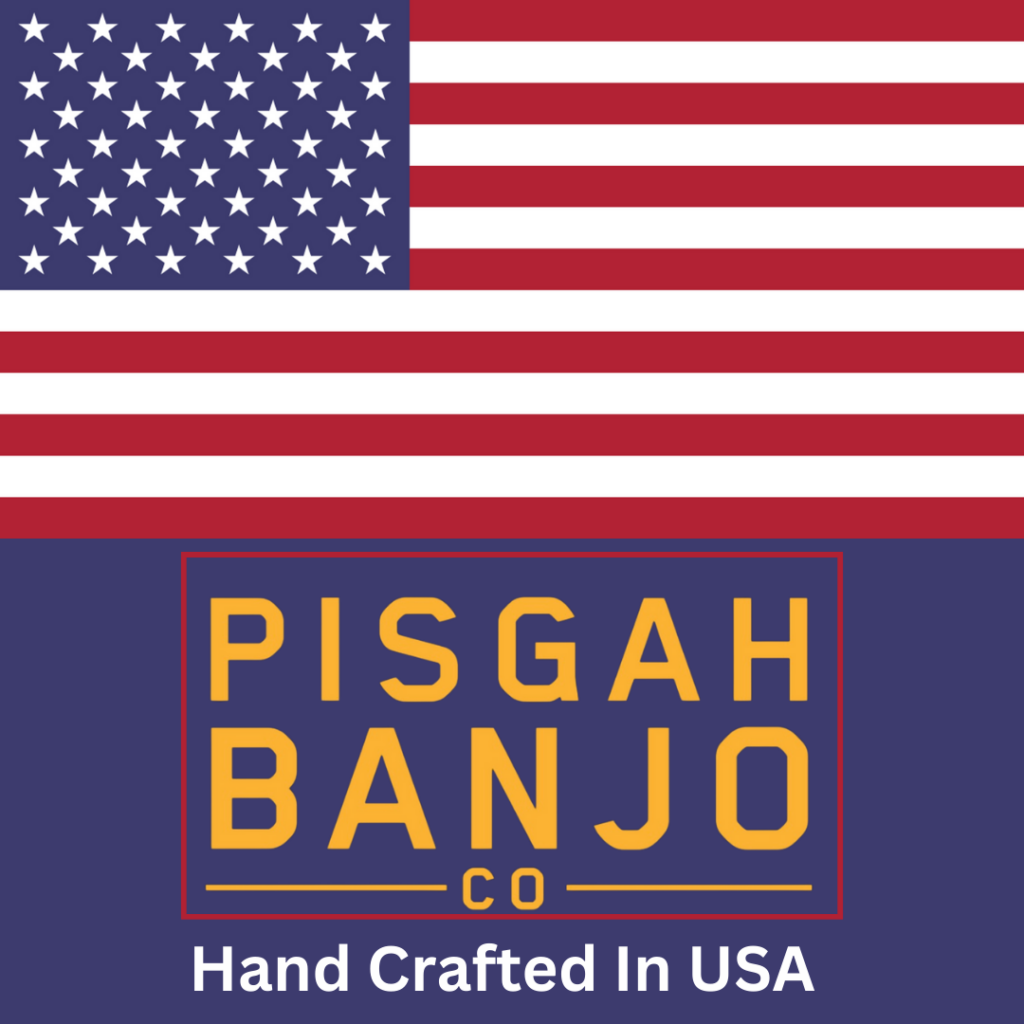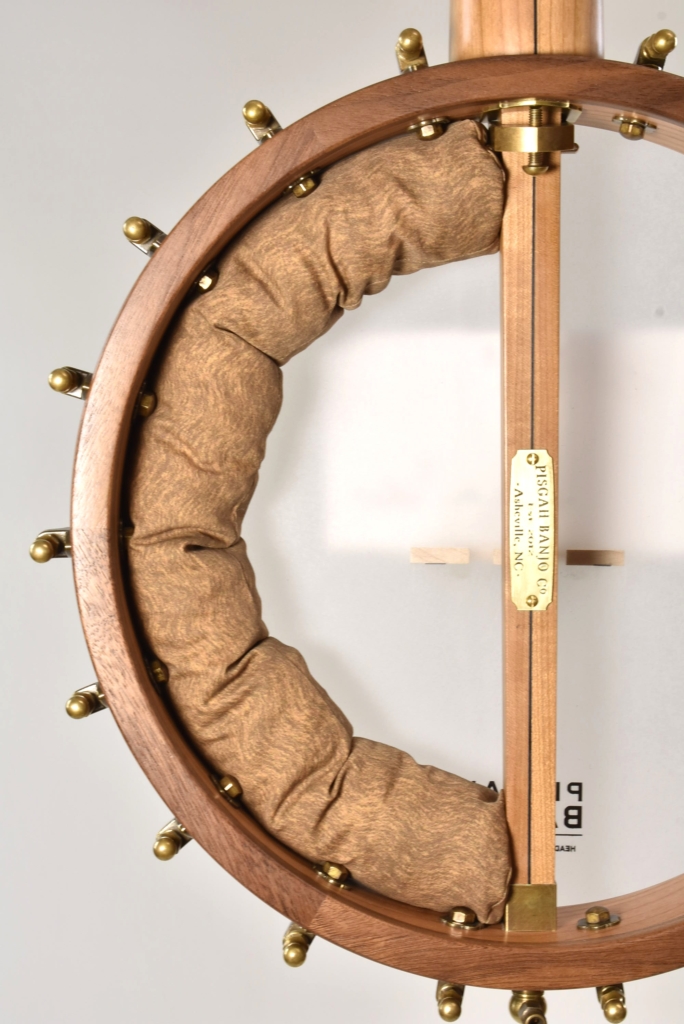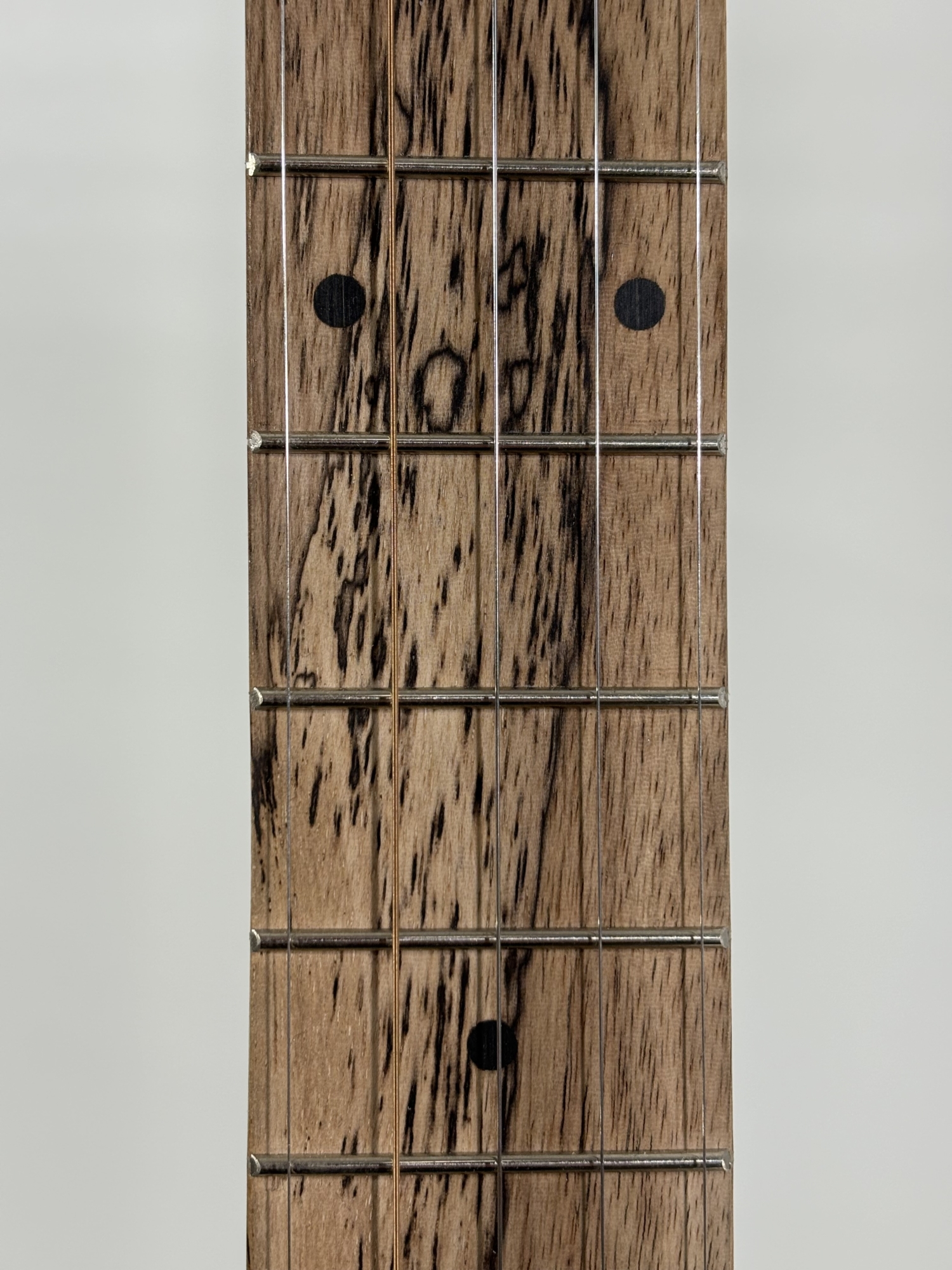
When I was a kid, we had a persimmon tree in our backyard. Every fall, I’d watch as the fruit ripened to a deep orange, knowing that once it softened, it would be sweet, rich, and unlike anything else. If you’ve ever bitten into an unripe persimmon, you know just how astringent they can be—but wait until they’re ready, and they’re one of the most delicious wild fruits you can find.
Back then, I never could have imagined that this same tree—this same wood—would one day play a huge role in my work as a banjo builder. But persimmon is so much more than just a fruit tree. It’s an incredible tonewood, an American hardwood in the ebony family, and one of the most sustainable choices we can make when crafting musical instruments.
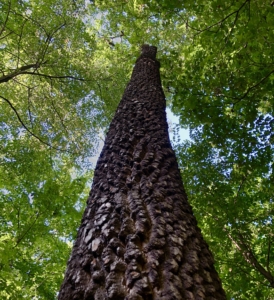
Wild Persimmon Tree
Why Persimmon?
A Unique and Sustainable Alternative to Ebony
Ebony has long been the standard for instrument fretboards, bridges, and other components, but it takes over 100 years for an ebony tree to grow large enough to harvest. That means the demand for ebony has led to illegal poaching, overharvesting and deforestation, making it harder and harder to find responsibly sourced wood.
Persimmon, on the other hand, is a North American species that grows abundantly in the Southeast, making it a readily available and eco-friendly alternative. Since it’s in the ebony family, it shares many of the same characteristics—tight grain, high density, and extreme durability—but it comes from a much more sustainable source.
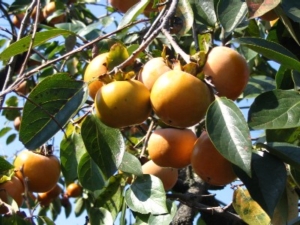
Wild Persimmon Fruit
No Two Pieces Are the Same
One of the things I love most about persimmon is that each piece is unique. Unlike ebony, which is almost always jet black, persimmon varies in color. Some pieces are a creamy blonde, others have dark streaks or spalting, and some even have a rich, chocolate-brown hue.
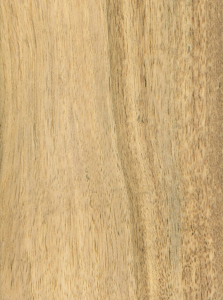
That means every fretboard, headstock veneer, and tone ring we make from persimmon is one of a kind. No two banjos will ever look exactly the same, and that’s something I find really special. You’re not just getting a mass-produced part—you’re getting a piece of nature, with its own individual character and story.
How We Use Persimmon in Pisgah Banjos
At Pisgah Banjos, we incorporate persimmon in several different ways:
- Fretboards & Headstock Veneers – We use persimmon for the fretboards and headstock veneers on our Possum, Appalachian, and Dobson models, as well as our custom banjos. It has the same feel and durability as ebony but is lighter in color, giving our banjos a unique and natural look.
- Tone Rings – We’ve taken persimmon a step further by using it as a tone ring in our Possum model. This is incredibly rare in the banjo world, and it produces a tone that is warm, resonant, and beautifully balanced.
A Persimmon Tone Ring—A Rare and Unique Innovation
Most banjos use heavy metal tone rings to shape their sound, but persimmon offers an alternative that is both lightweight and incredibly resonant.
Metal tone rings can add brightness and volume, but sometimes at the cost of warmth and sustain. Persimmon produces a well-balanced sound—clear but never harsh, with just the right amount of warmth. It enhances sustain, letting notes ring out naturally, blending beautifully with the rest of the banjo’s construction.
Another major advantage? Weight. Traditional metal tone rings make banjos significantly heavier, which can be a real burden during long playing sessions. Persimmon, while dense, is still much lighter than metal, making the Possum model a great choice for players who want a powerful instrument without the extra weight.
Sustainability and the Future of Banjo Building
At Pisgah Banjos, we believe in building instruments that sound amazing while also being environmentally responsible. Persimmon is the perfect tonewood for that mission.
- It’s grown domestically, meaning we don’t have to import it from across the world.
- It’s not endangered, unlike many species of ebony.
- It grows much faster than other hardwoods, making it a sustainable option for future generations of instrument builders.
A Banjo That’s Truly One of a Kind
Persimmon may not be the first wood that comes to mind when people think of tone rings, but once you hear it, feel it, and play it, you’ll understand why I love it so much. Whether it’s in the fretboards and headstocks of our Possum, Appalachian, and Dobson models, or as the defining feature of the Possum’s persimmon tone ring, this wood plays an integral role in the Pisgah sound.
For me, using persimmon in our banjos is more than just about sound or sustainability—it’s personal. It’s a tree I grew up with, a wood I’ve come to respect deeply, and a material that I believe has a huge future in the world of instrument building.
So, the next time you pick up a banjo, consider the magic of persimmon. You just might find that it’s exactly what you’ve been looking for.
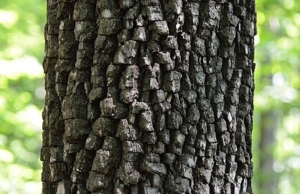
Common Persimmon Bark
Disclaimer
The insights and opinions shared here are based on years of hands-on experience, research, and dedication to banjo craftsmanship. Every player’s preferences and experiences may differ, but after working extensively with persimmon, I truly believe in its potential as a top-tier tonewood. If you’re curious, the best way to know for sure is to pick up a Pisgah Banjo and experience it for yourself!

